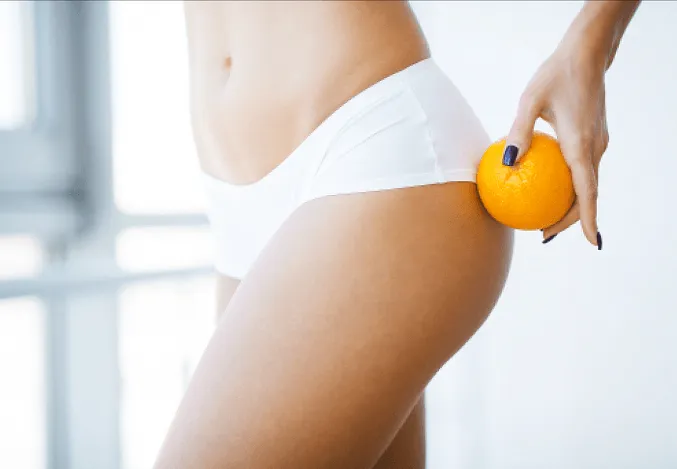Scars, Cellulite & Stretch Marks
Scars, cellulite, and stretch marks are normal, but they can make you feel self-conscious. Scars can form after injuries, while cellulite and stretch marks often appear with body changes. You can help improve your skin’s appearance with specialist creams, gels, and treatments. Explore our products below and feel more confident in your skin.

What are scars, cellulite, and stretch marks?
- Scars form when your skin heals after a cut, burn, surgery, or acne. They appear as lines, raised areas, or sunken marks that can be more noticeable depending on your skin type and healing process.
- Cellulite causes lumpy, dimpled skin, often on the thighs, hips, buttocks, or abdomen. It happens when fat pushes against connective tissue, creating a bumpy appearance.
- Stretch marks (striae) are streaks or lines on the skin caused by rapid stretching during growth spurts, pregnancy, or weight changes. They start red or purple and fade over time.
What are the different types of scars?
Scars can look and behave differently depending on how your body heals:
- Fine-line scars – small, thin marks left by minor cuts.
- Hypertrophic scars – raised scars that stay within the wound’s edges.
- Keloid scars – thick, raised scars that extend beyond the wound area.
- Pitted (atrophic) scars – sunken scars often left by acne or chickenpox.
- Contracture scars – tight scars from burns that may limit movement.
What causes scars, cellulite, and stretch marks?
- Scars form as your body heals damaged skin, building new collagen that can result in a visible mark.
- Cellulite develops when fat pushes through connective tissue under your skin, influenced by factors like genetics, hormones, inactivity, or weight changes.
- Stretch marks appear when your skin stretches faster than it can adapt, like during puberty, pregnancy, or rapid weight gain.
How can I prevent or reduce scars, cellulite, and stretch marks?
While you can’t always avoid these skin changes, you can reduce their appearance by:
- Keeping your skin hydrated with creams or oils.
- Massaging areas prone to cellulite to support circulation.
- Maintaining a healthy, balanced diet.
- Exercising regularly to improve skin tone.
- Using sun protection to help scars fade more evenly.
How to treat scars, cellulite, and stretch marks
Although these skin concerns can be stubborn, the right treatments can help reduce their appearance and improve skin texture over time. Options include:
- Moisturising creams and oils to keep skin hydrated, support elasticity, and prevent new marks.
- Scar gels and silicone treatments, like SilDerm or Dermatix, which can soften scar tissue and help flatten raised scars.
- Massage techniques to improve circulation and reduce the look of cellulite.
- Targeted creams, including those with ingredients like retinoids or centella asiatica, which can help fade stretch marks and even skin tone.
For best results, start treatment as early as possible and follow product instructions carefully
How to order
Order your Scars, Cellulite & Stretch Marks medication in a few clicks. Ordering from us is easy, fast and discreet.
Free Online Assessment
Answer a few simple questions about your health.
Choose Your Medication
Our prescribers will review and guide you to the right treatment.
Fast Delivery
Once approved, your treatment is dispatched discreet packaging by next day delivery.